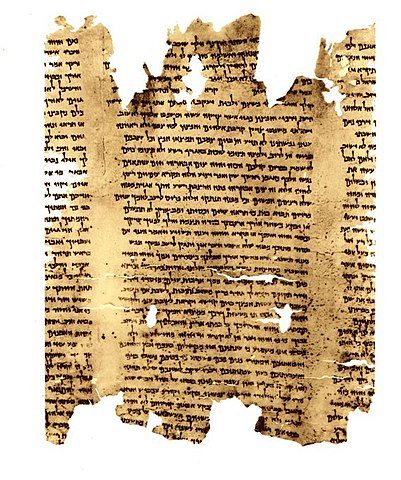Sir Isaac Newton's Explanation of Daniel 2
 The Metal Image of King Nebuchadnezzar's Dream
The Metal Image of King Nebuchadnezzar's DreamIt is a little known fact that Sir Isaac Newton, the 17-18th century scientist who formulated the three laws of motion and discovered that the same force of gravity that makes apples fall from trees also keeps Earth in orbit around the sun, was not just a scientist, but also a theologian and a serious student of the Bible. This is intriguing because many today think that the belief in a God who interacts with us and our world is in direct conflict with the foundations of doing science, and yet Newton was among the foremost in laying the foundations of classical mechanics and made significant contributions to the study of optics. Newton, as well as his contemporary, Leibniz, developed the methods of calculus without which much of modern science would, arguably, be impossible.
Very few would question Newton’s brilliance. While his intelligence certainly does not prove that everything he wrote was correct any more than does the intelligence of modern thought leaders (many who obviously have a very different point of view) prove that they are correct, it is a good enough reason to at least take a couple minutes to read what he wrote about one of the most iconic prophecies in the Bible—a dream Neo-Babylonian King Nebuchadnezzar II had one night about a metal image, recorded in the second chapter of Daniel.
The following is the full text of the short chapter (chapter 3) from Newton's book, Observations on Daniel and The Apocalypse of St. John, "Of the vision of the Image composed of four Metals".
 Cover page from Newton's book
Cover page from Newton's bookNow in this vision of the Image composed of four Metals, the foundation of all Daniel's Prophecies is laid. It represents a body of four great nations, which should reign over the earth successively, viz. the people of Babylonia, the Persians, the Greeks, and the Romans. And by a stone cut out without hands, which fell upon the feet of the Image, and brake all the four Metals to pieces, and became a great mountain, and filled the whole earth; it further represents that a new kingdom should arise, after the four, and conquer all those nations, and grow very great, and last to the end of all ages. The head of the Image was of gold, and signifies the nations of Babylonia, who reigned first, as Daniel himself interprets. Thou art this head of gold, saith he to Nebuchadnezzar. These nations reigned till Cyrus conquered Babylon, and within a few months after that conquest revolted to the Persians, and set them up above the Medes. The breast and arms of the Image were of silver, and represent the Persians who reigned next. The belly and thighs of the Image were of brass, and represent the Greeks, who, under the dominion of Alexander the great, conquered the Persians, and reigned next after them. The legs were of iron, and represent the Romans who reigned next after the Greeks, and began to conquer them in the eighth year of Antiochus Epiphanes. For in that year they conquered Perseus King of Macedon, the fundamental kingdom of the Greeks; and from thence forward grew into a mighty empire, and reigned with great power till the days of Theodosius the great. Then by the incursion of many northern nations, they brake into many smaller kingdoms, which are represented by the feet and toes of the Image, composed part of iron, and part of clay. For then, saith Daniel, [1] the kingdom shall be divided, and there shall be in it of the strength of iron, but they shall not cleave one to another.
And in the days of these Kings, saith Daniel, shall the God of heaven set up a kingdom which shall never be destroyed: and the kingdom shall not be left to other people; but it shall break in pieces, and consume all these kingdoms, and it shall stand for ever. Forasmuch as thou sawest that the stone was cut out of the mountains without hands, and that it brake in pieces the iron, the brass, the clay, the silver and the gold. Notes to Chap. III. [1] Chap. ii. 41, &c.
The prophecies of Daniel extend to our day and beyond. Some of Daniel’s prophecies are so detailed and have received such remarkable fulfillment that secular commentators, assuming that such revelations from God about the future are impossible, insist that the book of Daniel must have been written after the events described. But Daniel records information about former Babylon that had long been forgotten by the time of many of the events foretold, including the splendor of Nebuchadnezzar's reign. It is only because of remarkable archaeological finds in the last century that we know these details are actually true!
Suggestions for further study
Bible Prophecy
Page last modified: 2024.11.24

The Pursuit of Truth
Can the aggregate of neurons we call the brain know what Truth is?
What Sir Isaac Newton had to say about one of the most iconic prophecies of the Bible

God doesn't make sense, unless...
5 considerations that help get God off the hook.
Evidences for God
4 evidences that God exists.

